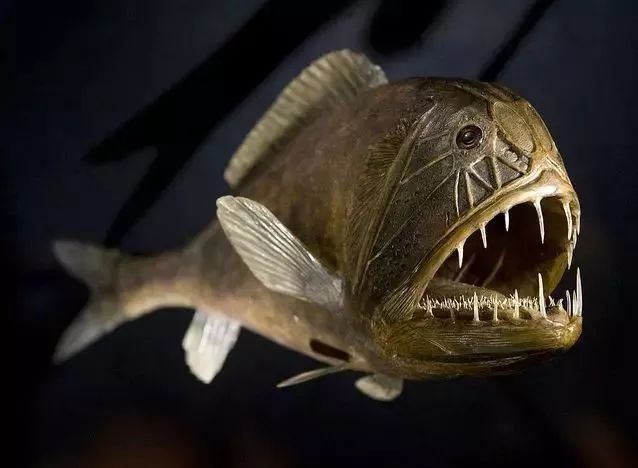Multiple lancetfish, which are deep-sea fish with scaleless bodies, fanged jaws, and unusually large eyes, have been washing up along a 200-mile stretch of the Oregon coastline, and scientists are unsure as to why.
These creatures typically inhabit tropical and subtropical waters but are known to move to areas like Alaska’s Bering Sea to hunt. The lancetfish specimens that were discovered had washed up along the coastline anywhere from Nehalem, located in the northern part of Oregon, to Bandon, which is nearly 100 miles away from the California border.
The Oregon State Parks agency has requested that beachgoers take photos of these creatures and share them on social media, tagging both the agency and the NOAA Fisheries West Coast region. NOAA Fisheries notes that lancetfish are not typically eaten by humans due to their gelatinous flesh. Although it is not rare for these creatures to appear on beaches along the north Pacific, their recent influx has experts bewildered.

Oregon State Parks agency announced on Facebook that several lancetfish specimens had been discovered on beaches along a 100-mile stretch of the Oregon coastline, from Nehalem in the north to Bandon in the south, within the past few weeks. The agency has urged beachgoers who find these creatures to take pictures and share them on social media, tagging both the agency and the NOAA Fisheries West Coast region. Although lancetfish are known to inhabit areas as far north as Alaska’s Bering Sea to hunt, their sudden influx along the Oregon coastline has left scientists puzzled.
Lancetfish primarily reside in tropical and subtropical waters, but travel as far north as Alaska’s Bering Sea to hunt for food. Their slim bodies feature a “sail-like” fin, and their flesh is gelatinous, which is not generally a popular choice for human consumption, according to NOAA Fisheries. Some fish experts, such as Ben Frable from Scripps Institution of Oceanography, have noted that it is not uncommon to find lancetfish washed up on beaches in California, Oregon, and other parts of the North Pacific region. However, the current surge in sightings along the Oregon coastline has puzzled marine researchers.

Several lancetfish with unusual physical features, including fanged jaws, huge eyes, and a “sail-like” fin, have been washing up on a 200-mile stretch of Oregon coastline. These deep-sea fish can dwell over a mile deep in the ocean and are typically found in tropical and subtropical waters, although they travel as far north as Alaska’s Bering Sea to hunt for food.
The Oregon State Parks agency has asked beachgoers to take photos of the strange-looking fish and share them on social media, but marine researchers are still unclear as to why lancetfish have suddenly begun appearing on Oregon’s beaches. Ben Frable, a fish scientist who manages the Marine Vertebrate Collection at Scripps Institution of Oceanography, noted that reports of lancetfish washing up on beaches have dated back to the 19th century, but no one is quite sure what could be causing the recent surge in sightings. According to NOAA Fisheries, these creatures can grow to over 7 feet in length and be found at depths of more than one mile beneath the surface of the sea.

Miranda Crowell stumbled upon a lancetfish end in Lincoln City, Oregon, last week. Crowell initially thought the fish was a barracuda before posting a photo of it on Twitter, where she was quickly reminded of the fish’s true identity. The specimen was more than 4 feet long and in relatively good condition, having seemingly just washed up on the beach.
Crowell was surprised by the unique appearance of the fish and noted that she had never seen anything like it before. Ben Frable urged members of the public to report any similar sightings, suggesting that such observations could provide valuable insights to researchers. He also noted that events like these highlight the diversity of life on the planet and remind us that there are many creatures out there that people may never have encountered before.
